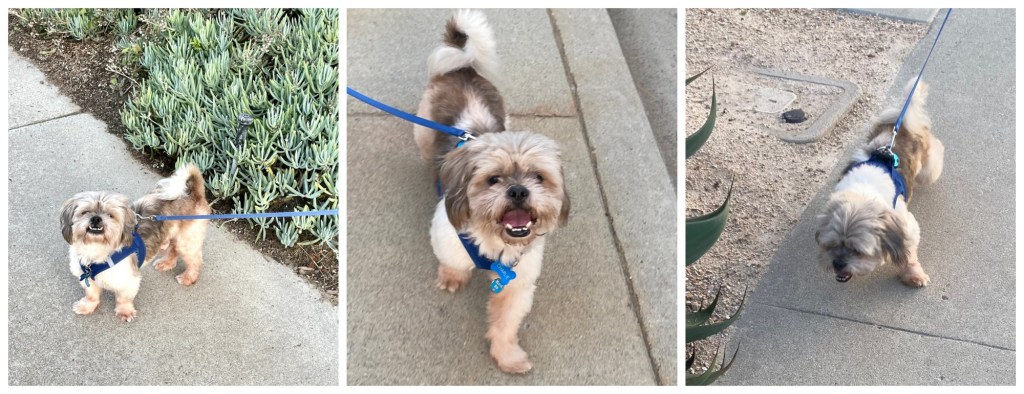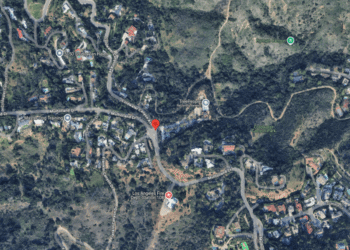Back in the 80s, there was a blockbuster film called “Gremlins” that centers around a boy who receives a strange, yet utterly adorable and cuddly creature as a pet, which then spawns other creatures that transform into small, destructive, mischievous monsters that all wreak havoc on the whole town. It was kind of like a Jekyll and Hyde kind of thing, but with small furry Ewok looking creatures.
It was awesome.
I was reminded of it the other day when I was chatting with my friend DJ about the new rescue pup she just adopted, who goes by the name Charlie.
Charlie is just about as cute as it gets. He even looks like a Gremlin (the cuddly kind, anyway), and has the coolest under-bite ever, which gives him a sweet, yet mischievous look that apparently works to his advantage most of the time. He’s quite the charmer.
“He is just the sweetest boy most of the time,” DJ said. “He is absolutely perfect when we are at home.
But when we go out for walks, he turns into a completely different dog. My little angel turns into a ferocious demon the minute he sees another dog in the neighborhood!”
She went on to explain that the moment he sees a dog out on a walk, he barks, lunges and generally freaks out like he just found out he failed a paternity test on Jerry Springer.
People used to refer to this type of behavior as leash aggression. These days though, we use a more appropriate term: leash reactivity.
Leash reactivity is a common behavior issue where a dog becomes aggressive or over excited when on a leash, typically in response to other dogs, people or stimuli.
I wanted to understand a bit more about the psychology of it, so I called my dear friend, Carlos F. Morales, Certified Professional Dog Trainer-Knowledge Assessed, a well-known canine expert and founder of Canine High School in Long Beach, CA.
I’ve been friends with Carlos for years, so he was the first person I thought of when DJ told me about Charlie’s issues on the leash. As…
Read the full article here







